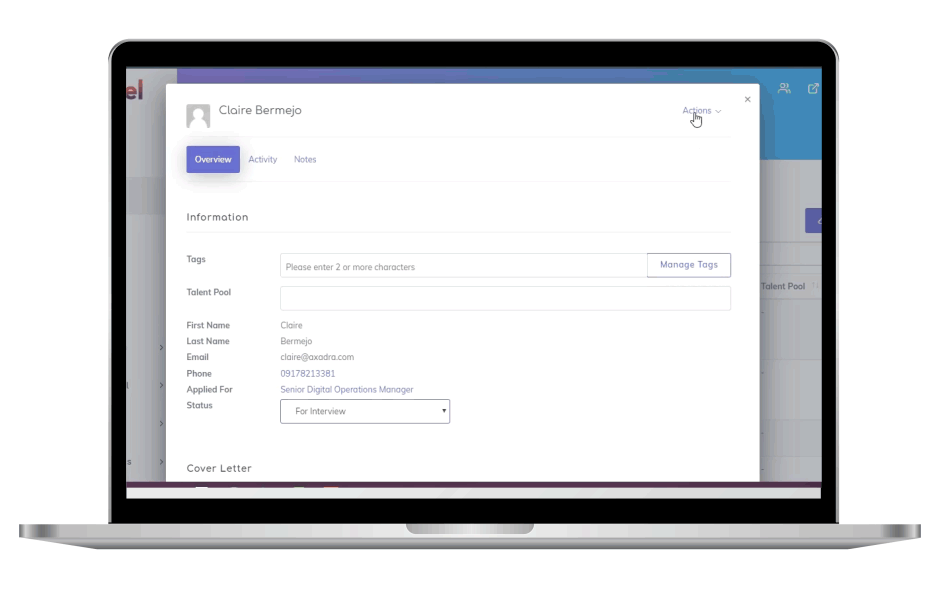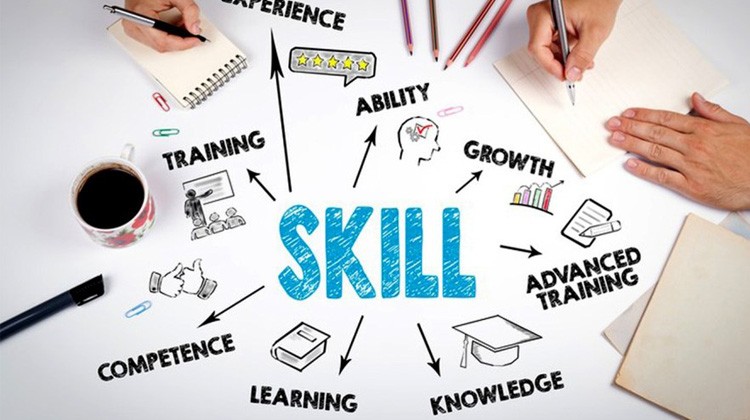Your human resources (HR) team often serves as the backbone of an organization. They are responsible for everything from hiring and onboarding new employees to managing benefits and overseeing workplace culture. But as your company grows, so do the complexities of managing your workforce. That’s why learning how to improve your HR processes is not just an extra task; it’s a must for staying competitive and efficient.
So, how do you take your HR processes from good to great? This guide will walk you through actionable steps to optimize your HR operations. We’ll explore the benefits of digitization, automation, and consolidation, and we’ll dive into key areas that deserve your attention, such as employee onboarding, learning management, performance reviews, and workplace investigations.
How to Improve Your HR Processes
There are many ways to improve your HR processes. But if you want to future-proof your business, these are the HR best practices that you should follow:
Digitize
The first step in modernizing your HR processes is to digitize. In today’s digital age, relying on paper forms and manual processes can severely hinder your HR team’s efficiency and accuracy. Not only does digitization save time, but it also reduces the risk of human error and ensures that your data is secure and easily accessible.
Think about it—how much time does your HR team spend shuffling through paperwork? With digital solutions, you can store all employee records, applications, and other essential documents in a secure, cloud-based system. This not only makes it easier to retrieve information when needed but also ensures that your data is protected against loss or damage.
Moreover, digital tools offer advanced features like automated tracking of employee data, real-time analytics, and the ability to generate reports with just a few clicks. These capabilities allow your HR team to focus on strategic initiatives rather than getting bogged down by administrative tasks.
Automate
Once you’ve digitized your HR processes, the next logical step is automation. Automation is a game-changer for HR, as it allows you to streamline repetitive tasks and free up your team’s time for more strategic work.
Imagine the impact of automating routine tasks like payroll processing, time-off requests, and benefits administration. Instead of manually entering data into spreadsheets or systems, you can rely on software to handle these tasks with precision and speed. This not only improves accuracy but also reduces the likelihood of errors that can lead to costly mistakes.
Automation also plays a crucial role in improving the candidate experience. For instance, you can automate the scheduling of interviews, send out automated reminders to candidates, and even use AI-powered chatbots to answer common questions using HR recruitment software. These enhancements not only make the hiring process more efficient but also leave a positive impression on potential hires.
Another area where automation shines is in employee performance management. Automated performance review systems can help you track employee progress, set goals, and provide feedback in real-time. This ensures that your employees are continually growing and that their contributions are aligned with your company’s objectives.
Consolidate
The final piece of the puzzle in improving your HR processes is consolidation. Over time, it’s easy for HR teams to accumulate a variety of tools and systems, each serving a specific function. While these tools may be effective individually, managing multiple platforms can create inefficiencies and data silos that hinder your HR team’s ability to work cohesively.
Consolidation involves bringing all your HR functions under one unified platform. This could mean using an all-in-one HR management system (HRMS) that integrates everything from payroll and benefits administration to employee onboarding and performance management. By consolidating your HR processes, you eliminate the need for manual data entry across multiple systems and reduce the risk of inconsistencies.
A unified platform also provides a holistic view of your HR operations, allowing you to make data-driven decisions more easily. For example, you can track employee performance metrics alongside payroll data to identify trends and make informed decisions about raises, promotions, and other HR actions.
Key Areas to Focus On
Improving your HR processes involves more than just implementing new tools and technologies. It’s also about refining the core areas of HR that have the most significant impact on your organization. Let’s take a closer look at some of these key areas.
Employee Onboarding and Offboarding
First impressions matter, especially when it comes to onboarding new employees. A well-structured onboarding process not only sets the tone for a new hire’s experience but also plays a crucial role in their long-term success at your company. Yet, many organizations still struggle with onboarding processes that are disjointed, manual, and time-consuming.
To improve your onboarding process, consider creating a standardized onboarding checklist that includes everything from completing paperwork to setting up IT accounts and scheduling orientation sessions. Selecting an applicant tracking system that can help you automate many of these tasks ensures that nothing falls through the cracks.
Offboarding is equally important, though often overlooked. A smooth offboarding process ensures that departing employees leave on good terms and that all necessary steps, such as revoking access to company systems and conducting exit interviews, are completed. Automating offboarding can help you manage these tasks efficiently while maintaining a positive relationship with former employees.
Learning Management
In today’s competitive job market, continuous learning and development are key to retaining top talent. Employees want to feel that they are growing in their roles and that their employer is invested in their professional development. However, managing training programs manually can be a challenging task, particularly in larger organizations.
A Learning Management System (LMS) can revolutionize the way you deliver training and development programs. With an LMS, you can create, manage, and track training courses all in one place. Employees can access training materials at their convenience, complete assessments online, and even earn certifications for completing courses.
Additionally, an LMS allows you to track employee progress and identify skill gaps that need to be addressed. This data can inform your training strategy, ensuring that your workforce is continuously developing the skills necessary to meet your company’s goals.
Performance Review
Performance reviews are an essential part of any HR process, but they can often be a source of stress for both managers and employees. Traditional performance reviews, which are conducted annually, are often criticized for being too infrequent and not providing actionable feedback.
To improve this HR process, consider moving to a more continuous feedback model. Continuous performance management involves regular check-ins between managers and employees, where feedback is provided in real-time. This approach not only makes performance reviews less daunting but also ensures that employees receive the guidance they need to improve throughout the year.
Automated performance management tools can support this shift by allowing you to track employee goals, document feedback, and generate performance reports at any time. These tools also enable you to tie performance metrics to broader business objectives, ensuring that everyone is working toward the same goals.
Workplace Investigations
Workplace investigations are a critical aspect of HR, yet they are often fraught with challenges. Whether it’s investigating a harassment claim or a policy violation, these situations require a high level of sensitivity, confidentiality, and accuracy.
One way to improve this HR process is by implementing a case management system. This type of software allows you to track every step of an investigation, from the initial complaint to the final resolution. It also ensures that all relevant documentation is stored securely and that your investigation process is transparent and compliant with legal requirements.
Moreover, case management systems often come with built-in analytics tools that allow you to identify patterns and trends in workplace issues. This data can help you take proactive measures to prevent similar incidents in the future, creating a safer and more supportive work environment for everyone.
Ensure Success by Improving Your HR Processes
Improving your HR processes is not a one-time project; it’s an ongoing journey that requires constant evaluation and adaptation. By digitizing, automating, and consolidating your HR functions, you can create a more efficient, effective, and employee-friendly HR department. Additionally, by focusing on key areas like onboarding, learning management, performance reviews, and workplace investigations, you’ll ensure that your HR team is equipped to support your organization’s growth and success.
Remember, the ultimate goal of improving your HR processes is to create an environment where both your employees and your business can thrive. By taking a strategic approach to HR, you’ll not only enhance your team’s productivity but also foster a culture of continuous improvement and excellence. So start today—because a better HR process means a better workplace for everyone.














